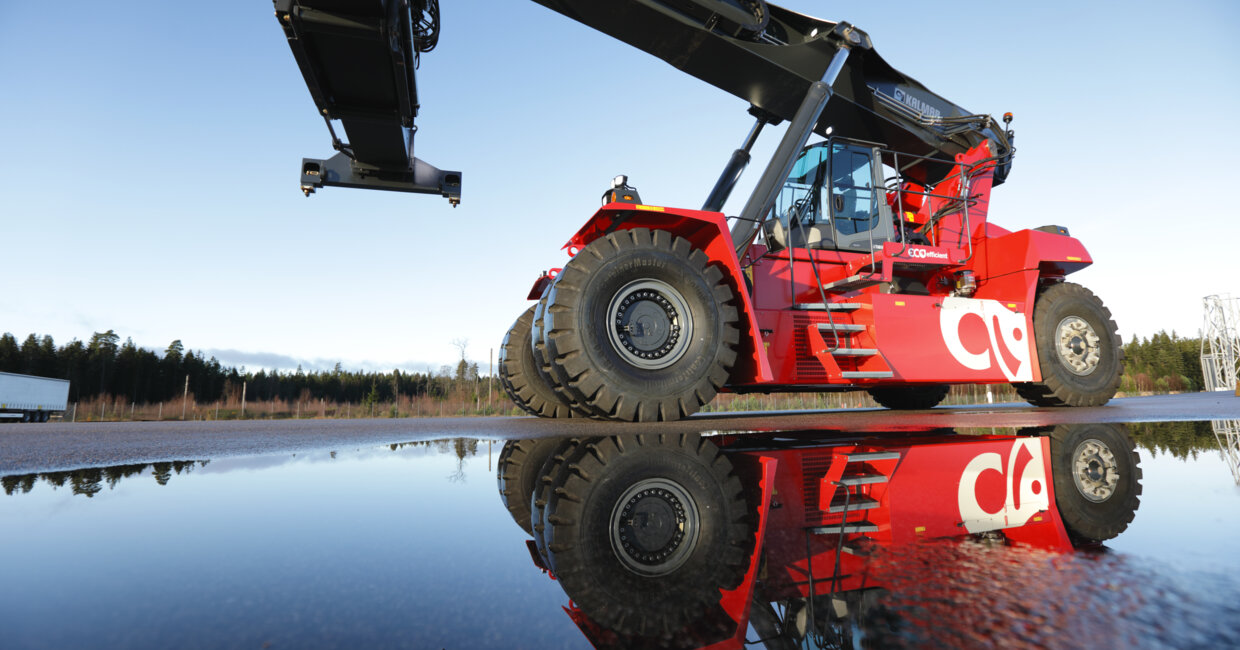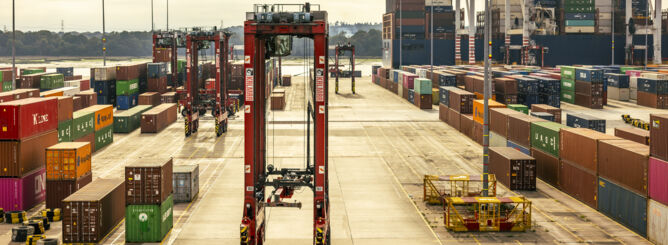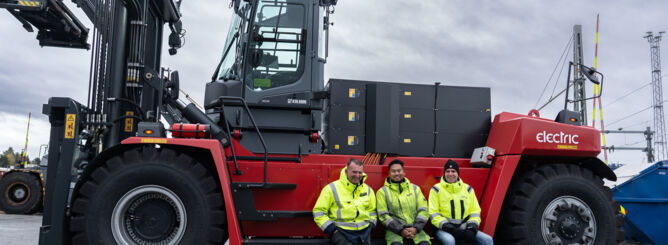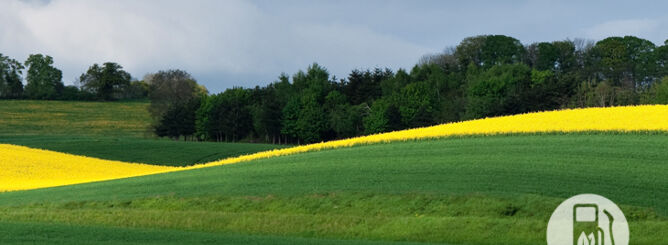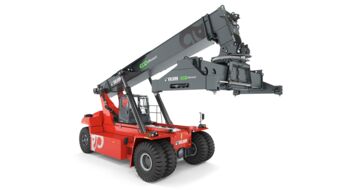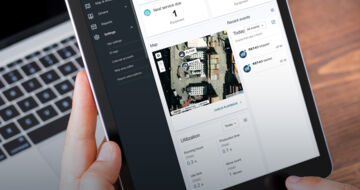Infrastructure planning key to transitioning to clean energy
When transitioning from a diesel to an electric reachstacker, customers need to understand how this change will impact their energy infrastructure, operator driving experience, and environmental impact.
The introduction of Kalmar electric reachstackers represents a major advance in the development of environmentally friendly cargo handling equipment.
Moving to electric reachstackers may require some minor adjustments to established ways of working, but most processes will be familiar to users of diesel machines.
Training the operators
The biggest change customers will have to make is to train their operators in charging protocols and understanding the parameters of battery powered operations explains Peter Olsson, director of business development for counterbalanced container handlers.
“In order to charge the equipment efficiently they need to make sure they have the appropriate grid capacity and power supply to secure a sustainable, green energy value chain,” he says. “They also need to think about the number of chargers they would require and where to locate them. We will work with every customer to help them implement the appropriate infrastructure.”
"The biggest change customers will have to make is to train their operators in charging protocols and understanding the parameters of battery powered operations."
Designing an effective charging infrastructure will become increasingly important as companies transition to battery powered machines. Every customer will have different requirements, so it is important to create an infrastructure that fits their operational demands and the physical environment in which the machines will operate.
Careful planning is required to create a sustainable energy supply. One option is to use solar panels on site where climatic conditions permit, and then either store any excess electricity that isn’t needed to charge the reachstackers in power packs that can be used when power from renewable sources is not available - or return it to the local power grid.
Customers also need to ensure they comply with safety regulations relating to the handling of alternative energy sources.
Kalmar Insight predicts future needs
Kalmar has been manufacturing electric-powered equipment since the 1980s and while battery capacity continues to develop, the company can use energy consumption and operator data derived from thousands of conventional reachstackers (as well as feedback from customers) to predict future requirements.
This information is generated by Kalmar Insight, a performance management tool for cargo handling operations that aggregates data from multiple sources.
“Using electric reachstackers improves the working environment for drivers as they are much quieter, more responsive, smoother to operate, and produce no harmful emissions,” says Olsson.
“Users will not only reduce their carbon footprint – they will also benefit from being able to use their reachstacker in urban areas where there are strict controls on emissions and noise levels."
Even if the machine is run on a combination of electricity produced by renewable, non-polluting sources and electricity produced from fossil fuels such as oil or coal, its total emissions will be substantially lower than those produced by equivalent machines running on diesel.
In addition, having the right infrastructure in place for their electric reachstackers will enable customers to meet their wider CO2 targets. Kalmar is also working to reduce the environmental impact in the manufacturing process to minimise the machine’s overall carbon footprint.
“Users will not only reduce their carbon footprint – they will also benefit from being able to use their reachstacker in urban areas where there are strict controls on emissions and noise levels,” concludes Olsson.
See our latest Green Chair video! What changes when you switch from a diesel to an electric reachstacker? Peter Olsson, Director, Business Development, Counterbalanced Container Handlers answers this frequently asked question and explains the main changes in infrastructure, driving experience and environmental impact.
